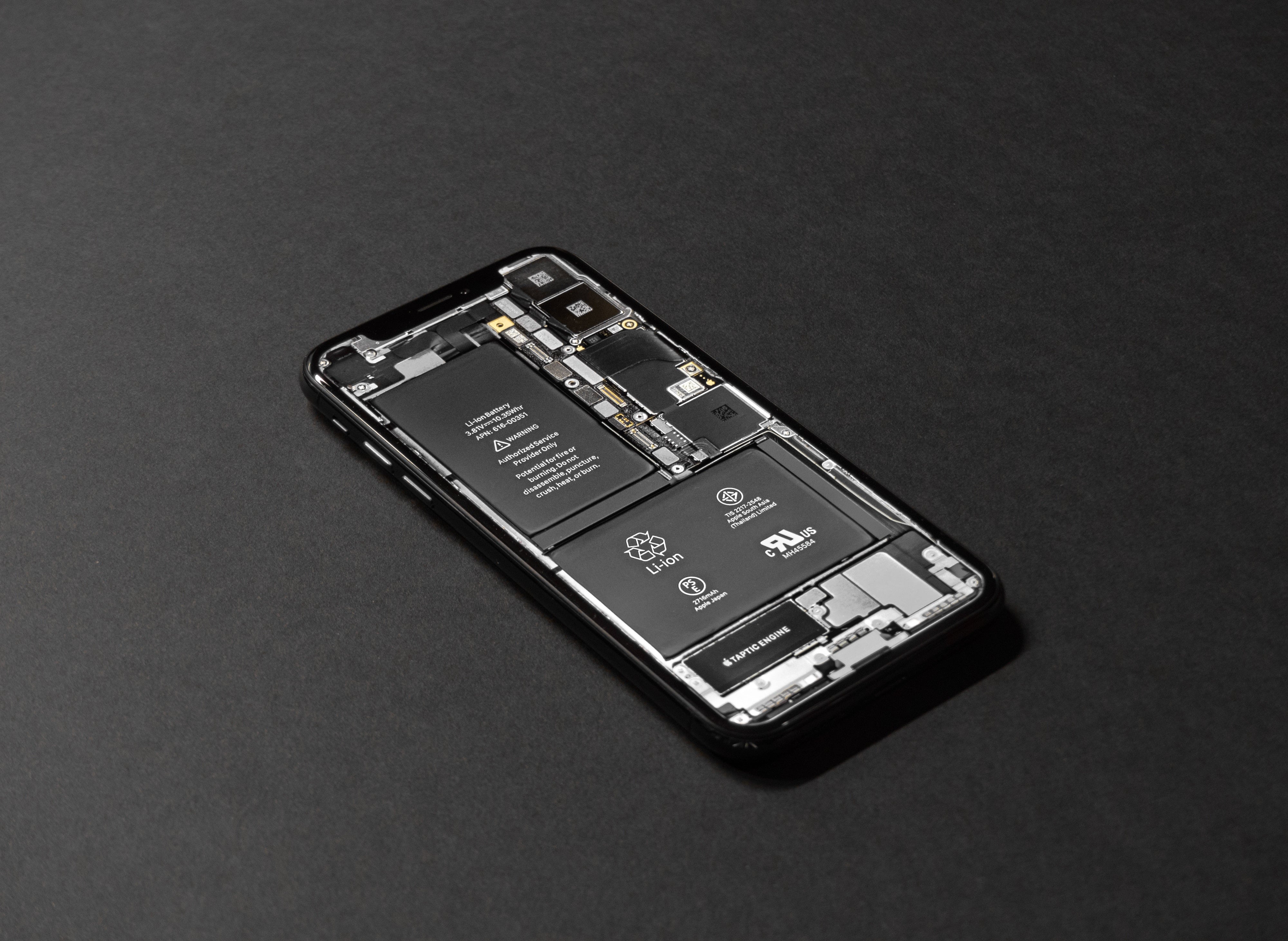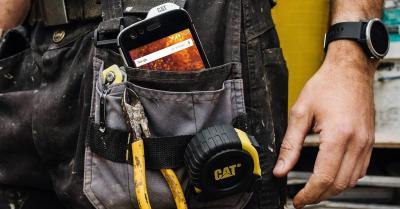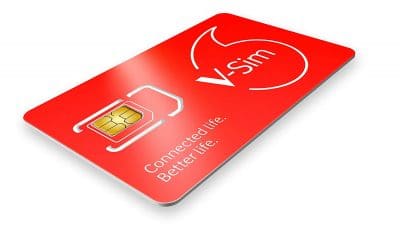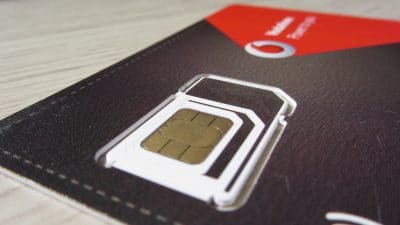The Best Battery Life Smartphones for 2020
Most of us these days have a smartphone. And that means that most of us have experienced the irritation of having our phones die just when we need them. Sick of running for a charger halfway through the day? Then you need a big battery phone. But which one should you go for? That’s what we’re here to help with. We’ve got everything you need to know about big battery phones and we’ve even got some great model recommendations!
Table of Contents
Why You Need a Big Battery Phone
There are a couple of reasons for needing a big battery phone. Perhaps you’re a big phone user who spends hours a day on your mobile. Or perhaps you frequently go to places where charging your phone just isn’t an option. Either way, a big battery phone is going to be beneficial to you.
The idea is that with a battery big enough you should be able to go for hours and perhaps days without needing to charge your phone at all. And if you’ve ever had your heart sink at the sight of that flashing 1% battery charge with no portable power bank or wall charging point in sight then you’ll know that having a phone that can hold a charge all day is a good thing.
One thing to be aware of however is that a bigger battery might not always fix your problems. Some apps drain your battery more than others and if you have some dodgy malware or unauthorised app on there that’s hogging the CPU then you’ll have problems regardless of the battery size.
What Are My Options?
Nowadays we have hundreds of smartphone models to choose from. And truth be told, most of those models look fairly similar. In fact, there’s really only one sensible way to divide smartphones into categories, and that’s by price. This means that there are three real categories of phone.
Top End Phones
Coming in at over £500 a top end phone is going to cost you a pretty penny. But it’s also going to be full of features and have plenty of extras as well. A top end mobile is going to be fast and capable of doing lots of things (like playing high-end games), but that price tag might make your eyes water.
Pros: No sacrifices to be made here, a top end phone should be able to do everything you need with ease.
Cons: The real downside here is cost, a solid top end model is going to be very pricey.
Best For: Those who need or want to do high-end things on their mobile like photo editing or high-end gaming. Those for whom price isn’t a problem or those buying on a contract where a big upfront cost won’t be an issue.
Mid Range Phones
Mid-range phones are really a compromise between price and performance. You’ll lose some of those top-end features (which you might not really need anyway), and in return, you’ll get a cheaper price point. A mid-range phone will cost between around £250 and £500. You might also need to compromise a little on performance, with slightly slower processors or smaller screens.
Pros: More affordable than high-end phones, mid-range devices should still get solid performance but at a fraction of the price.
Cons: However, the downside is that you might miss out on some top end features, and a mid-range phone may be a little slower or have a slightly smaller screen than you’d like.
Best For: Those on more of a budget, where money is an issue. The average phone user, those who aren’t glued to their mobile all the time, will probably be more than happy with a mid-range model.
Budget Phones
Last but not least there are budget phone options that should come in at under £250. Yes, you’re going to be making compromises here, especially when it comes to screen size and resolution and processors. But you will be getting a much more affordable device. However, one of the biggest compromises on a budget phone is often the battery size, meaning that few low-end models get good battery life.
Pros: The biggest pro of a budget phone is simply price. You’ll get the phone you need without having to pay a fortune to get it.
Cons: Few low-end models get good battery life, meaning you’ll have less of a selection. And low-end phones won’t be super fast and may not be able to perform CPU intensive tasks like photo editing or high-end gaming.
Best For: If you’re on a tight budget then a low-end mobile is going to be the best choice for you. Yes, you’ll need to make some compromises, but having the fastest, biggest screen phone around isn’t a priority for everyone.
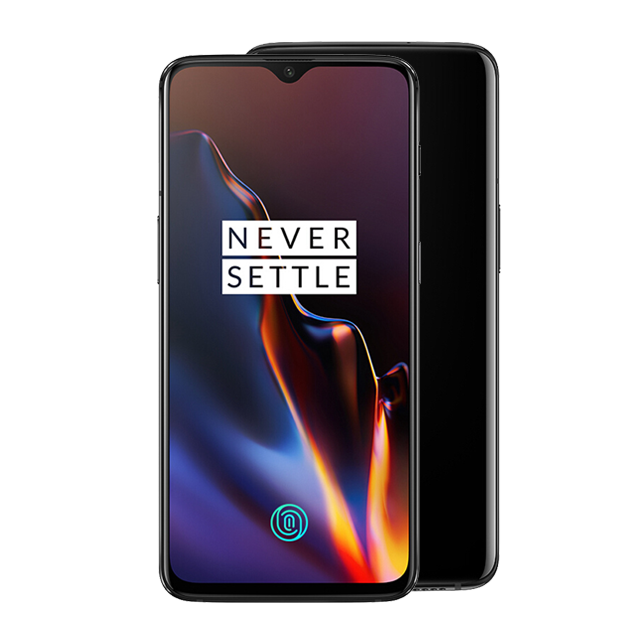
Our Top Pick
OnePlus 6T
Don’t let that deceptively small battery size fool you, the OnePlus 6T performed better on battery life tests than many devices with far bigger batteries. This is partly thanks to a very efficient processing unit. Add in the fact that the 6T gets good specs all around and this is a fantastic phone choice if you can face the high-end price tag.
What Do I Need to Think About Before Buying?
There are a few things that you need to keep in mind whilst you’re buying if you’re looking for a great phone with a big battery. As you’ll see below we’re really talking about compromises that you’ll need to make here, so you’ll need to prioritise what you’re looking for in a mobile in order to justify what’s worth sacrificing to get longer battery life. The things you should keep in mind are:
Battery Size
Battery size is measured in mAh, and as a general rule, the larger the mAh, the longer a battery should last. However, this is a tricky thing, since battery size isn’t the only thing that affects battery life. We’ll get into the other things that affect battery life in just a second. But know that generally, you’re looking for big battery size, something around (or above) about 3000 mAh.
Screen Size
Larger screens use more battery. This is one of the reasons why just looking for a big battery size isn’t enough. If you’re serious about saving battery life then you’ll want to minimise screen size as much as you can whilst still keeping that screen big enough to make for a comfortable viewing experience. You really shouldn’t go below 4.5 inches on a good smartphone.
Screen Resolution
On a similar note, higher resolution screens also tend to drain batteries faster. A Quad HD screen might look amazing, but it’s going to suck out that juice like nobody’s business. Again, you’re going to want to minimize resolution as much as possible whilst still ensuring that resolution is good enough for a clear picture. You should be looking for above 450 PPI (pixels per inch) to still get decent resolution, but skip those massive Quad HD displays.
Processor Efficiency
How efficient a phone’s processor is is another thing that can affect overall battery life. Unfortunately, as a non-engineer, it’s tough to tell just how efficient a processor really is. As a general rule, lower powered processors (those with a lower number of GHz) will drain less battery, but you don’t want to go so low that your phone’s performance is compromised. You should look for at least quad-core processing with a processor of around 1.5 GHz for decent performance.
What Features Should I Be Looking For?
It’s important to remember that even though you’re looking for good battery life, you’re still looking for a decent phone as well. One that can do everything you need it to do. Of course, what you need your phone to do will depend on you, but here are some extra features that you might want to look out for:
- Camera Specs: Mobile photography is incredibly popular, and that means looking for good camera specs if you’re into taking snaps. Fortunately, even the biggest and best cameras have very little effect on battery life, so feel free to choose whichever camera set you prefer.
- Security: With so much personal data being kept on smartphones, and with many online payment systems no requiring at least fingerprint security, you should consider the security features of any phone you’re looking at. A fingerprint sensor is probably the minimum that you’re looking for, but face recognition is even better.
- Memory: With the rise of cloud storage, memory isn’t as important as it used to be in a smart phone. But you’ll still want plenty of storage to keep your pics, music, and apps. You’ll need at the very least 8 GB of internal storage, but 16 GB is ideal.
What About Dumb Phones?
Before we get into model recommendations, first we should say a word about dumb phones. Dumb phones are those that have only a 2G connection, phones that are incapable of accessing the internet in any true fashion, and that are good for calling and sending messages only.
We’ve chosen to focus on smartphones only here since this is what most people are looking for. However, dumb phones will win the battery stakes every time. If you’re looking for a phone that can last days without being charged, then you might want to consider a dumb phone. The good news is that dumb phones are relatively cheap, so it’s not a huge investment to keep one as a second, emergency phone just in case.
Do be aware though that some operators (most notably Three) no longer support 2G service, so if you’re with one of these operators you’ll need to change networks before getting your dumb phone connected.
The Top 8 Big Battery Phones
| Rank | Product | Features | Pros | Cons | |
|---|---|---|---|---|---|
|
1
|
OnePlus 6T
|
|
|
|
|
|
2
|
Motorola Moto E5 Plus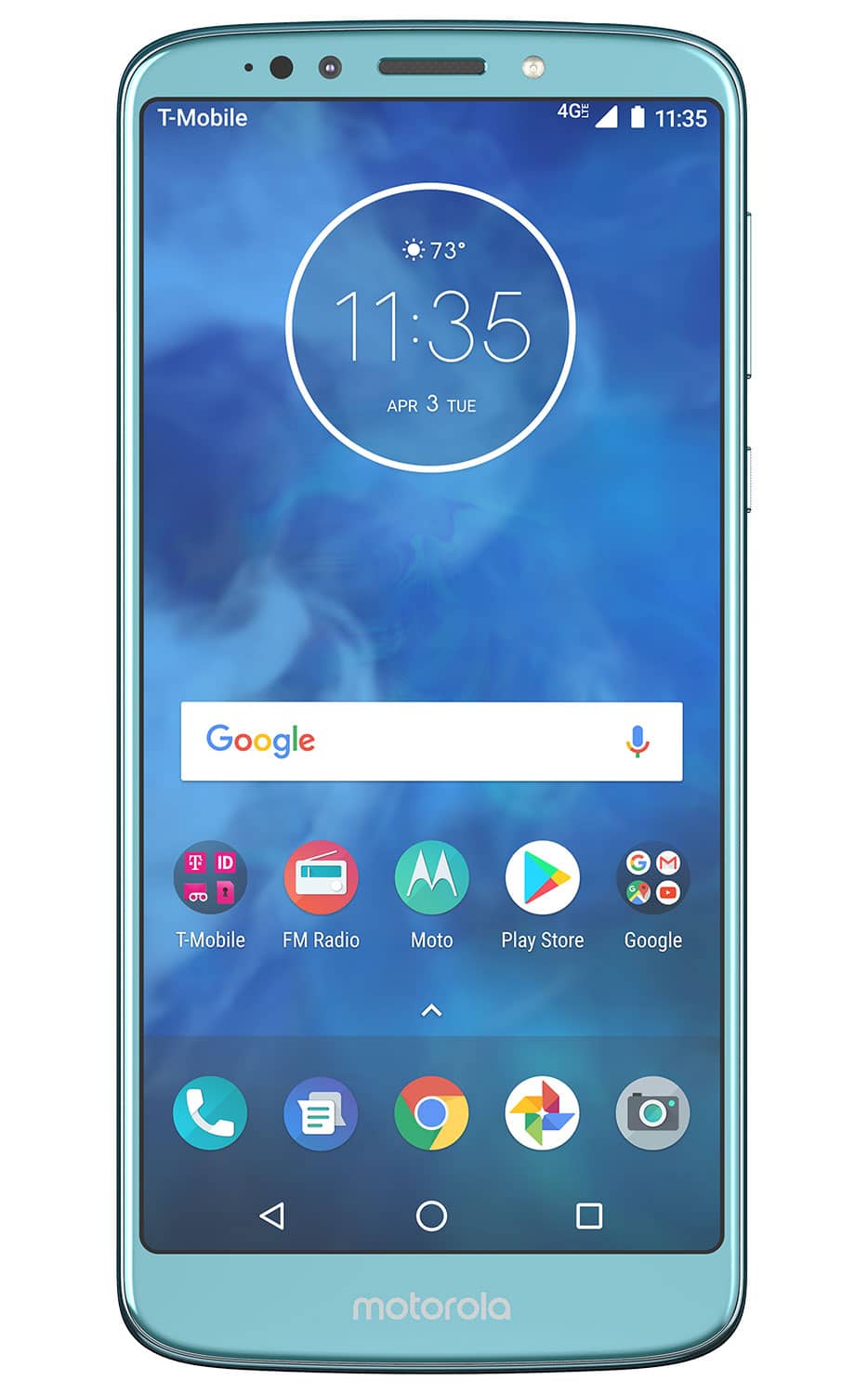
|
|
|
|
|
|
3
|
Huawei Mate 10 Pro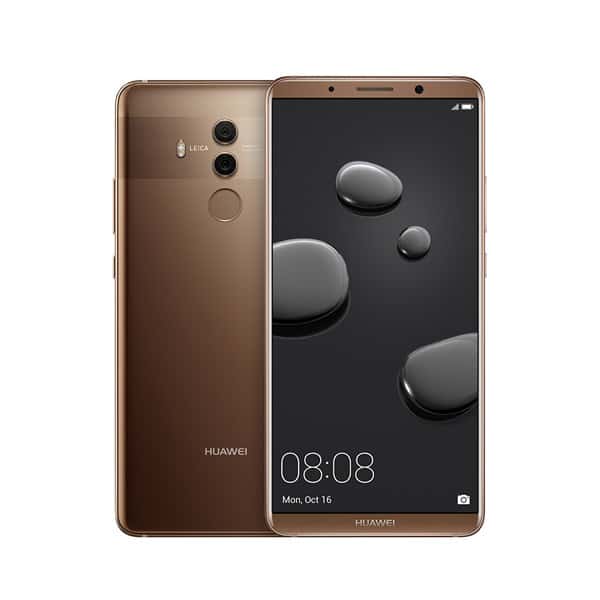
|
|
|
|
|
|
4
|
BlackBerry Motion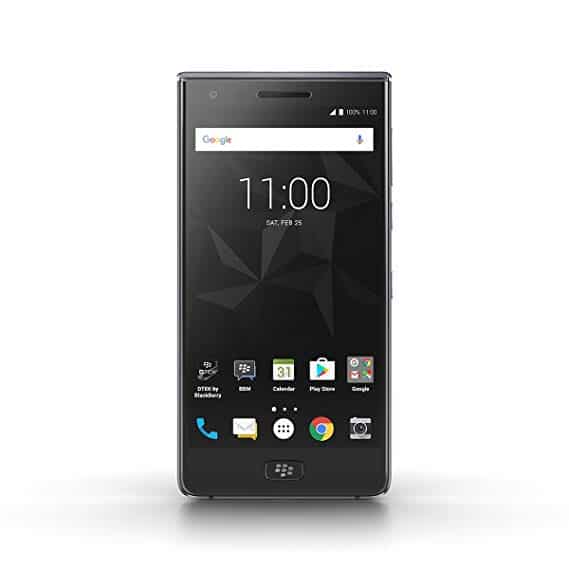
|
|
|
|
|
|
5
|
Sony Xperia XZ2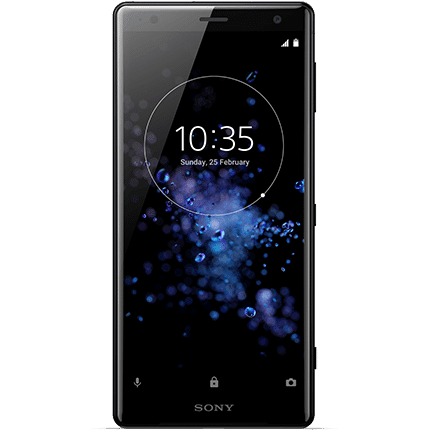
|
|
|
|
|
|
6
|
Motorola G6 Play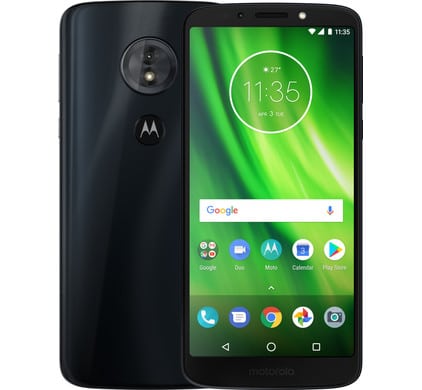
|
|
|
|
|
|
7
|
iPhone XS Max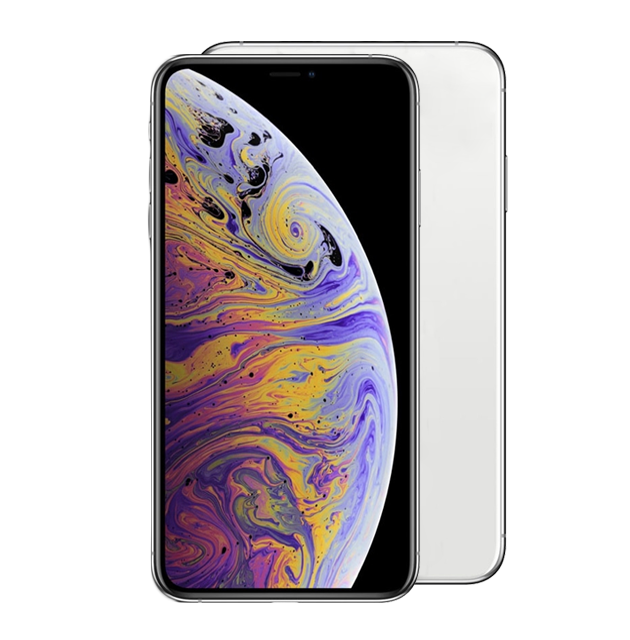
|
|
|
|
|
|
8
|
Huawei Honor 10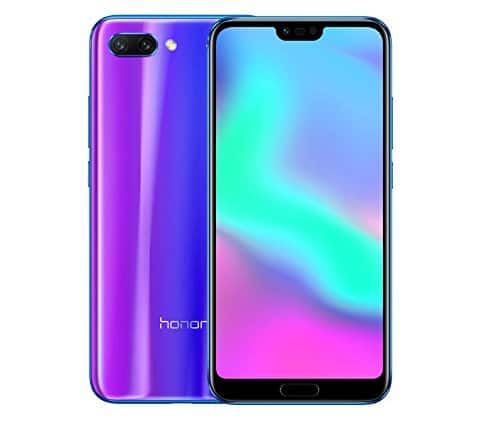
|
|
|
|
How We Selected Our Top Models
Before we jump into recommendations though, let’s first tell you how we went about choosing our favourite big battery models. Obviously, we looked at battery size. But we also looked at battery performance, how long a phone’s battery lasted when tested since battery size doesn’t tell us everything. We also kept to phones that are widely available and easy to get hold of, rather than specialized models that might be difficult to find. And of course, we looked at overall specs as well as prices.
We did also look at customer reviews since it’s important that other people have had a good experience with a phone, and spec numbers don’t always tell the whole story. On top of that, we spend a lot of time around mobile phones, mobile engineers, mobile customers, and people who might be termed slightly addicted to their phones. In short, we spend a ton of time around the kind of people that not only use phones every day, but that stretch them to their limits. So we took into account all this professional advice too.
Right, so now we’re ready to get to those recommendations. Which big battery phone should you buy? Check out some of these models.
Note: Battery length wherever possible is given as the length of time the battery lasted with the screen switched on at high brightness with apps/video running (“battery test time”), as well as the manufacturer’s statement for active use and standby when this information is available (“battery life”).
The Longest Battery Life Smartphones for 2020
Now you should have a better idea of what exactly you’re looking for in a good big battery smartphone. And to help out, even more, we’ve put together a list of some of the best big battery phones around and take a look at them in depth.
The OnePlus 6T (High End)
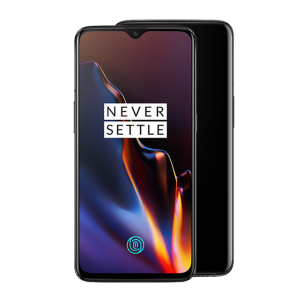
Battery Size: 3700 mAh
Battery Test Time: 20 hours
Battery Life: Around 17 hours active use, 90 hours standby
Don’t let that deceptively small battery size fool you, the OnePlus 6T performed better on battery life tests than many devices with far bigger batteries. This is partly thanks to a very efficient processing unit. Add in the fact that the 6T gets good specs all around and this is a fantastic phone choice if you can face the high-end price tag.
The OnePlus 6T gets octa-core 2.8 GHz and 1.7 GHz processing power. There’s a massive 6.4-inch display with Full HD (1080 x 2340 pixels, about 402 PPI). Then there are the dual rear cameras (both a 20 MP and a 16 MP lens), and a huge 16 MP front-facing cam too. Throw in either 128 GB or 256 GB of internal memory and you’ve got a truly superb device.
Price could be an issue here for some, and the 6T does not have a headphone jack, meaning you’ll need wireless headphones. Overall though, the 6T is a phone where you’re making very few compromises indeed to get great battery life.
Pros
- Battery life excellent for battery size
- Beautiful big screen
- Overall great specs
Cons
- Could be pricey for some
- Lack of headphone jack could be a deal breaker
The Motorola Moto E5 Plus (Budget)
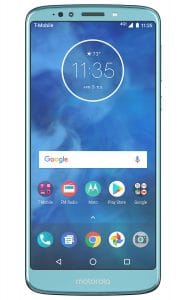
Battery Size: 5000 mAh
Battery Test Time: 11.5 hours
Battery Life: Unknown
The Moto E5 Plus is one of the rare budget handsets that actually gets amazing battery life. With a stunning 11.5 hours of physical use before the juice ran out, this is one of the top contenders on the market right now. That’s thanks in part to relatively low screen specs coupled with a huge 5000 mAh battery.
The E5 Plus gets quad-core 1.4 GHz processing. It also has a massive six-inch display, but at only 720 x 1440 pixels (around 268 PPI) screen resolution isn’t brilliant. You get a 12 MP rear camera, and a 5 MP front cam, and either 16 GB or 32 GB of memory, depending on which model you choose.
Yes, battery life is brilliant. But performance isn’t stellar. That low screen resolution, in particular, might bother some. But if you’re willing to compromise on performance, or if you’re not a huge phone user, then the E5 Plus is a great buy.
Pros
- Big battery
- Very affordable given its specs
- Solid camera set
Cons
- Not super high speed
- Screen ratio could be a deal breaker for some
The Huawei Mate 10 Pro (High End)
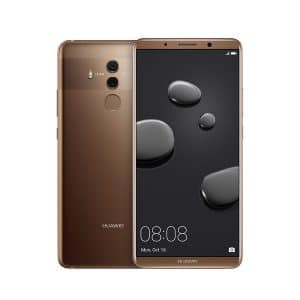
Battery Size: 4000 mAh
Battery Test Time: 14.5 hours
Battery Life: 13 hours active use, 96 hours standby time
Just sneaking into the high-end category is the amazing Huawei Mate 10 Pro. Huawei are well known for putting big batteries into their phones, and the Mate 10 Pro is no exception. A big 4000 mAh battery gets an amazing 14.5 hours of play time on test, and the good news is that there aren’t too many compromises being made here either.
The Mate 10 Pro gets octa-core 2.4 GHz and 1.8 GHz processing power. It’s got a big six-inch display that’s HD with 1080 x 2160 pixels (about 402 PPI). There’s a dual lens rear camera (12 MP and 20 MP lenses) as well as an 8 MP front cam. And you get either 64 GB or 128 GB of storage, depending on which model you go for.
There aren’t too many downsides here. You get solid performance teamed with solid battery life. However, some customers have reported issues with sound, though from reviews it looks as though Huawei have been responding and replacing problem parts. This isn’t a widespread problem, however, so it should be a huge concern.
Pros
- Great battery life on tests
- Good performance
- Excellent screen
Cons
- Some people have reported problems with sound
- Could be a pricey choice for some
The Blackberry Motion (Mid Range)
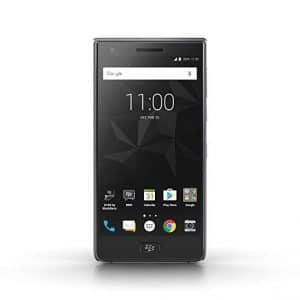
Battery Size: 4000 mAh
Battery Test Time: 9 hours
Battery Life: Around 10 hours of active use, 94 hours standby
Firmly in the mid-range price-wise, the Blackberry Motion is a surprisingly lesser known device for something that’s a very solid Android phone. That 4000 mAh battery combined with a screen that’s still decent but not super high resolution means that the Motion scored very well indeed on real-life tests. Okay, it’s not the longest lasting phone on this list, but 9 hours is more than a work day (and it’s unlikely that you’ll be using your phone for 9 hours consecutively).
The Blackberry Motion has octa-core 2 GHz processing power. The screen is 5.5 inches and High Definition, so you get 1080 x 1920 pixels (around 403 PPI). There’s a 12 MP rear camera, and an 8 MP front camera. And you get 32 GB of internal storage, so there’s no shortage of memory here either.
That processing power could be a sacrifice for some, though it’s still on the high end, and the screen is the older 16:9 ratio, rather than the more modern 18:9 ratio seen on higher-end devices. But at this price point, the Motion is a great buy if you’re looking for good battery life.
Pros
- Big battery
- Very affordable given its specs
- Solid camera set
Cons
- Not super high speed
- Screen ratio could be a deal breaker for some
The Sony Xperia XZ2 (Mid Range)
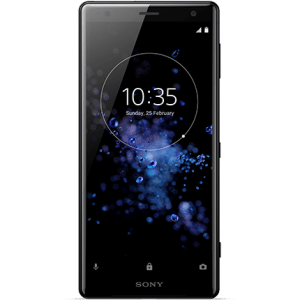
Battery Size: 3180 mAh
Battery Test Time: 9 hours
Battery Life: Around 10 hours of active use, 88 hours standby
The Xperia XZ2 is another case of not letting the smaller battery size deceive you. For a large screened, solidly performing mid-range device, the XZ2 did surprisingly well in battery tests, due again to a very efficient processing set.
The XZ2 gives you octa-core 2.7 GHz and 1.7 GHz processing power, so it’s plenty fast. The screen is a large 5.7 inches, and Full HD (1080 x 2160 pixels, so about 424 PPI). You get a 19 MP rear cam, and a 5 MP front cam, which is maybe a little less than we would hope for at this price point. And finally you get a full 64 GB of internal storage.
Those cameras could be a deal breaker for some, especially since the XZ2 is at the upper end of the mid-range price bracket. However, that aside, this is a very good phone indeed, checking all the boxes not just that for great battery life.
Pros
- Smaller battery performs surprisingly well
- Excellent overall performance
- Beautiful display
Cons
- Camera set could be a deal breaker for some
- On the pricey side for a mid range phone
The Motorola Moto G6 Play (Budget)
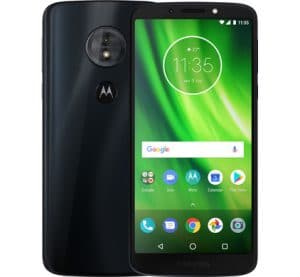
Battery Size: 4000 mAh
Battery Test Time: 12 hours
Battery Life: Around 14 hours of active use, 92 hours standby
It should be no surprise that our second budget choice also comes from Motorola. The Moto G6 Play was released early in 2018, and thanks to it’s huge battery and relatively low specs it performs astoundingly well on battery life tests. And at around £150 it’s affordable for most people too.
The G6 Play features quad core 1.4 GHz processing power, so it’s not exactly the fastest phone around. It does get a large 5.7 inch display, however, and resolution is fairly good for the price point at 720 x 1440 pixels, so around 282 PPI. There’s a 13 MP rear cam and an 8 MP front cam, as well as either 32 GB or 16 GB of memory depending on which model you choose.
Okay, performance isn’t amazing here, and for some that could be a sticking point. But the G6 can definitely handle normal use, and it’ll last you all day too. In terms of price for performance this is a very good deal.
Pros
- Very good battery life on tests
- Very affordable
- Decent camera set for the price
Cons
- Performance isn’t the fastest
- Screen resolution is pretty low
The iPhone XS Max (VERY High End)
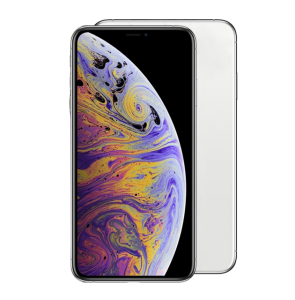
Battery Size: 3174 mAh
Battery Test Time: 11 hours
Battery Life: Around 11 hours active use, 79 hours standby
If there’s one thing that Apple phones are known for (other than their high prices) it’s their efficient processors. And the iPhone XS Max is no exception. Despite a seemingly small battery, the XS Max performs extraordinarily well on battery life tests even though it has super high specs. That price point could be a problem for many people, however.
The XS Max gets hexa core 2.25 GHz and 1.6 GHz processing power (which is very fast for an iPhone). You also get a huge 6.5 inch display, and that’s a Super AMOLED screen with Full High Definition (1242 x 2688 pixels, about 458 PPI). There’s dual 12 MP cameras at the back and a 7 MP cam at the front. And you get your choice of 64 GB, 256 GB, or 512 GB of internal storage. Have no doubt, this is a high performance phone.
The down sides? Well, the price, obviously. Also, you do tend to get locked into the iPhone eco-system, which might not be ideal if you’re a big Android lover. However, the XS Max is a fantastic phone, capable of doing anything you want it to do and more.
Pros
- Incredible performance
- Best battery life of any iPhone
- Beautiful display
Cons
- Exceptionally expensive
- iPhones aren’t everyone’s choice of device
The Huawei Honor 10 (Mid Range)
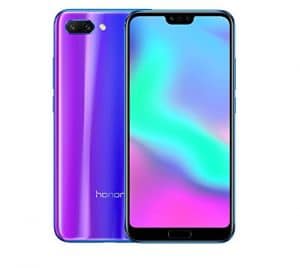
Battery Size: 3400 mAh
Battery Test Time: 10 hours
Battery Life: Around 10 hours, 74 hours standby
The Huawei Honor 10 is on the low end of the mid range budget, and it is an excellent compromise between performance and price. At around £300 it won’t break the bank, and a solid 10 hours of full on use is very good indeed for a phone with specs like these. It’s no high end phone, it can’t compete against the big boys like the iPhone XS Max, but it is a very good mid range device.
The Honor 10 has octa core 2.4 GHz and 1.8 GHz processing power. You get a big 5.8 inch display, and that’s Full HD too (1080 x 2280 pixels, about 432 PPI). Around at the rear you’re seeing a huge dual lens camera (24 MP and 16 MP), and at the front there’s an equally huge 24 MP lens. And you get your choice between 64 GB or 128 GB of internal memory. All in all, a great collection of specs.
It’s hard to see a down side to the Honor 10. It’s not the fastest phone around, and it doesn’t have the best display. But at this price point we wouldn’t expect either of those things. In actuality, the Honor 10 is an amazing deal, a fantastic phone, and it just happens to have decent battery life as well.
Pros
- Good battery life on tests
- Very affordable for the specs
- Excellent display
Cons
- Not the fastest phone around
- Not the largest display
Do you have a question about a large battery smartphone? Feel free to contact us with any queries you might have.

